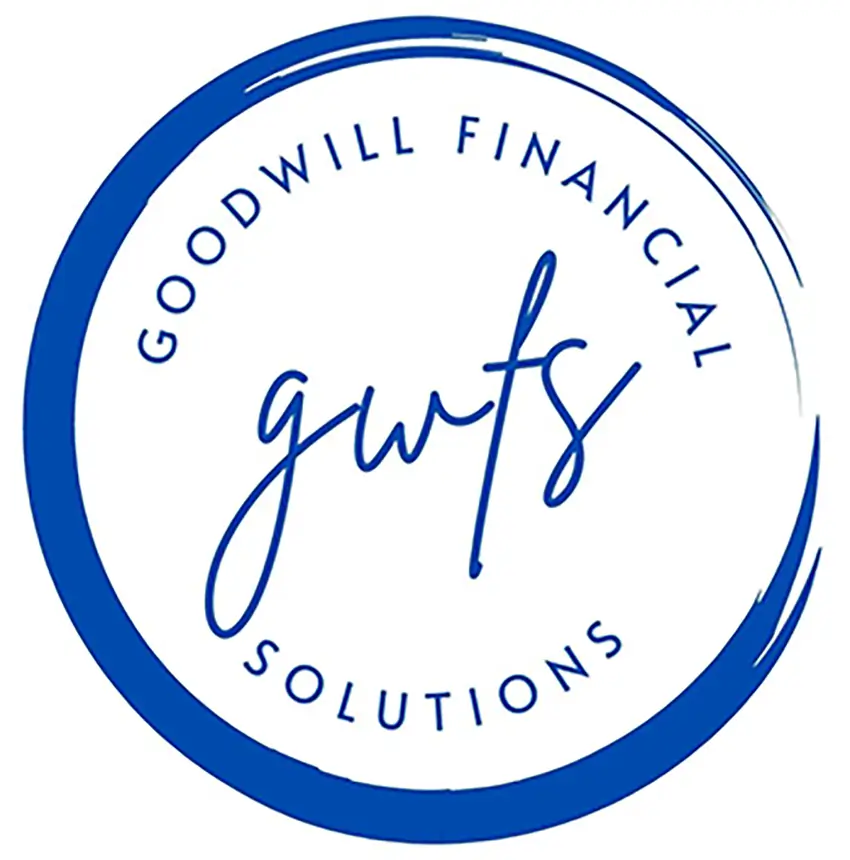A financial budget can serve many different purposes. From helping you keep track of your income and expenses so you can monitor your spending habits to acting as a roadmap for achieving short-term and long-term financial goals such as buying a home or taking a vacation.
You can have a monthly budget, a weekly budget, or a budget for each pay period. Some people may have more than one budget (i.e.- weekly and monthly). Whichever budget you decide to use, here are some budgeting tips and tools to help you get started.
- Know Your Why – Define your purpose for budgeting—whether it’s to save for a goal, pay off debt, or gain control of your finances. This motivation will help you stay committed.
- Start Simple – Begin with a straightforward budgeting method like the 50/30/20 rule:
- 50% for needs (housing, food, utilities).
- 30% for wants (entertainment, dining out).
- 20% for savings and debt repayment.
- Track Your Income and Expenses – Record all sources of income and expenses for at least a month to understand your financial habits. This step helps you identify areas where you can cut back.
- Set Realistic Goals – Break down your financial goals into manageable steps. For example, aim to save $500 for emergencies or pay off a specific debt within a few months.
- Prioritize Needs Over Wants – Focus on essential expenses first, like rent, groceries, and bills, before allocating money to discretionary items.
- Automate Savings – Set up automatic transfers to your savings account to ensure consistent contributions.
- Use Cash or the Envelope System – For discretionary spending, withdraw cash and use envelopes to allocate money to categories like dining out, entertainment, or shopping. When the cash is gone, you stop spending.
- Review and Adjust Regularly – At the end of each month, review your budget to see what worked and what didn’t. Adjust as needed to stay aligned with your goals.
Best Tools for Budgeting
- Budgeting Apps
Mint: Tracks income, expenses, and goals automatically by syncing with your bank accounts.
YNAB (You Need A Budget): Focuses on assigning every dollar a purpose and building proactive financial habits. Good for those serious about their budgets.
Goodbudget: Based on the envelope system, great for hands-on budgeters and beginners.
- Spreadsheets – Use pre-built templates available in:
Microsoft Excel or Google Sheets: Plenty of free downloadable templates for personal budgets.
Websites like Vertex42 or Tiller offer customizable spreadsheet solutions.
- Budgeting Templates – Printable templates from sites like Etsy, Pinterest, or personal finance blogs make it easy to create a visual, tangible budget.
- Bank Tools – Many banks and credit unions offer built-in budgeting features within their apps, like categorizing transactions and tracking spending.
- Financial Planners – Use physical budget planners or notebooks like the Clever Fox Budget Planner or The Budget Mom’s Workbook for a tactile experience.
- Expense Trackers – Standalone apps like PocketGuard or Spendee help you monitor spending and compare it to your budget in real time.
- Savings Calculators – Online calculators (available on financial blogs or bank websites) help estimate how long it will take to reach savings goals.
Beginner Budgeting Checklist
- Identify your monthly income and all expenses.
- Choose a budgeting method (e.g., 50/30/20, zero-based budgeting).
- Use a tool or app that matches your style (digital or manual).
- Start tracking your spending daily or weekly.
- Automate savings and bill payments.
- Review and refine your budget monthly.

